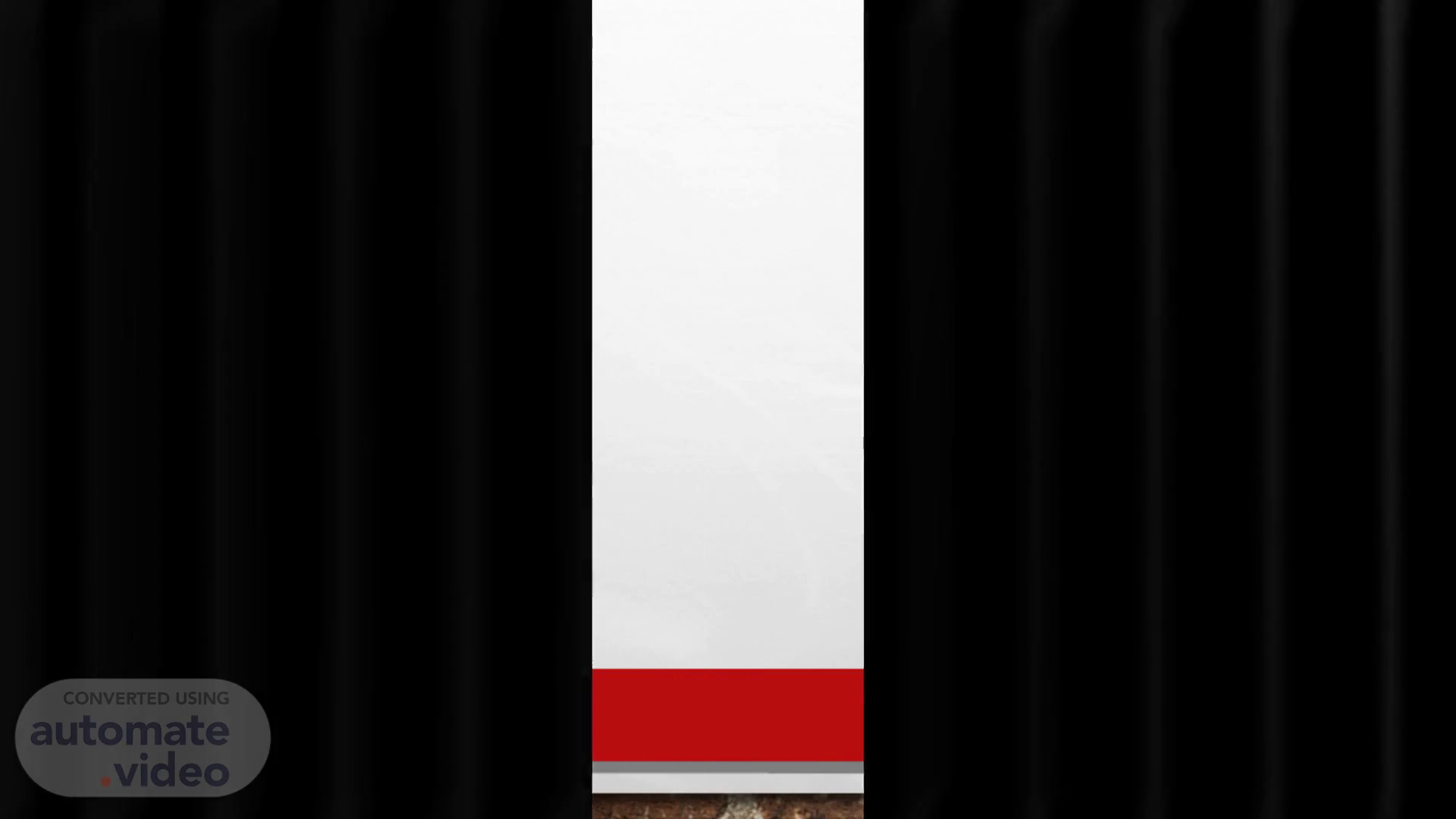
Explain Gluconeogenesis In Metabolic Way And Their Pathways Also Add Pictures Regarding To Topic
Scene 1 (0s)
[Audio] Gluconeogenesis Biochemical pathway and Clinical significance.
Scene 2 (9s)
[Audio] PRESENTED TO Dr. Awais Asif PRESENTED BY GROUP NO 2 NUMAN IJAZ (22011560-080) SALEHA (22011560-066) FAIZAN AHMED (22011560-088) MANHIL (22011560-046 AYESHA (22011560-036) MAIDA (22011560-006) ALI HAIDER Image source: https://mavink.com/explore/Gluconeogenesis-Esquema.
Scene 3 (1m 7s)
[Audio] Introduction to Gluconeogenesis Gluconeogenesis is the process by which the body synthesizes glucose from non-carbohydrate sources. It is essential for maintaining blood glucose levels during fasting or low carbohydrate intake. Gluconeogenesis primarily occurs in the liver and to a lesser extent in the kidneys. Image source: https://mavink.com/explore/Gluconeogenesis-Esquema.
Scene 4 (1m 32s)
[Audio] Importance of Gluconeogenesis Glucose is a vital energy source for the brain and red blood cells. Gluconeogenesis ensures a constant supply of glucose for these tissues even when dietary sources are limited. It also helps to prevent hypoglycemia during prolonged fasting or intense exercise. Image source: https://mungfali.com/explore/Gluconeogenesis-Simple-Diagram.
Scene 5 (1m 55s)
[Audio] Substrates for Gluconeogenesis Gluconeogenesis utilizes precursors such as lactate, glycerol, and amino acids. These substrates are converted into glucose through a series of enzymatic reactions. The process requires energy in the form of ATP and GTP. Image source: https://www.vrogue.co/post/gluconeogenesis-pathway-introduction-steps-regulation-and-function.
Scene 6 (2m 19s)
[Audio] Pathway of Gluconeogenesis Gluconeogenesis is essentially the reverse of glycolysis with a few key bypass reactions. The initial steps involve the conversion of pyruvate to phosphoenolpyruvate (PEP) by the enzyme pyruvate carboxylase. PEP is then converted to fructose-1,6-bisphosphate by the enzyme fructose-1,6-bisphosphatase. Image source: https://mavink.com/explore/Pathway-of-Gluconeogenesis.
Scene 7 (2m 50s)
[Audio] Bypass Reactions in Gluconeogenesis Three irreversible steps in glycolysis are bypassed in gluconeogenesis. These include the conversion of pyruvate to PEP, the conversion of fructose-1,6-bisphosphate to fructose-6-phosphate, and the conversion of glucose-6-phosphate to glucose. Bypass reactions require different enzymes and cofactors compared to glycolysis. Image source: http://www.onlinebiologynotes.com/gluconeogenesis/.
Scene 8 (3m 26s)
[Audio] Regulation of Gluconeogenesis Gluconeogenesis is regulated by hormonal signals such as glucagon and cortisol. These hormones stimulate the expression of gluconeogenic enzymes and inhibit glycolysis. Insulin, on the other hand, suppresses gluconeogenesis and promotes glycolysis. Image source: https://ar.inspiredpencil.com/pictures-2023/signal-transduction-pathway-diagram.
Scene 9 (3m 51s)
[Audio] Hormonal Regulation of Gluconeogenesis Glucagon activates cAMP signaling pathway, leading to increased expression of gluconeogenic enzymes. Cortisol stimulates gluconeogenesis by upregulating the transcription of key enzymes. Insulin inhibits gluconeogenesis by decreasing the expression of gluconeogenic enzymes. Image source: https://ar.inspiredpencil.com/pictures-2023/signal-transduction-pathway-diagram.
Scene 10 (4m 18s)
[Audio] Enzymes Involved in Gluconeogenesis Key enzymes in gluconeogenesis include pyruvate carboxylase, phosphoenolpyruvate carboxykinase (PEPCK), and fructose-1,6-bisphosphatase. These enzymes catalyze the conversion of substrates into intermediates of the glycolytic pathway. Regulation of these enzymes is crucial for controlling the rate of gluconeogenesis. Image source: https://www.pinterest.co.kr/pin/31384528630778577/.
Scene 11 (4m 50s)
[Audio] Pyruvate Carboxylase Pyruvate carboxylase converts pyruvate to oxaloacetate, a key intermediate in gluconeogenesis. This enzyme is allosterically activated by acetyl-CoA and inhibited by ADP. Pyruvate carboxylase is primarily located in the mitochondria of hepatocytes. Image source: https://www.pinterest.jp/pin/347903139966357866/.
Scene 12 (5m 17s)
[Audio] Phosphoenolpyruvate Carboxykinase (PEPCK) PEPCK catalyzes the conversion of oxaloacetate to phosphoenolpyruvate (PEP). This step is crucial for bypassing the pyruvate kinase reaction in glycolysis. PEPCK is regulated by hormonal signals and substrate availability. Image source: https://www.semanticscholar.org/paper/What-Is-the-Metabolic-Role-of-Phosphoenolpyruvate-Yang-Kalhan/722a172285d986a38cc662977f859208254ff0ed/figure/0.
Scene 13 (5m 42s)
[Audio] Fructose-1,6-Bisphosphatase Fructose-1,6-bisphosphatase is responsible for converting fructose-1,6-bisphosphate to fructose-6-phosphate. This reaction bypasses the phosphofructokinase-1 step in glycolysis. Fructose-1,6-bisphosphatase is regulated by allosteric effectors such as AMP and fructose-2,6-bisphosphate. Image source: https://ar.inspiredpencil.com/pictures-2023/fructose-1-6-bisphosphatase.
Scene 14 (6m 18s)
[Audio] ATP and GTP Consumption in Gluconeogenesis Gluconeogenesis requires ATP and GTP as energy sources for various enzymatic reactions. ATP is consumed in the conversion of pyruvate to oxaloacetate and fructose-1,6-bisphosphate to fructose-6-phosphate. GTP is utilized in the conversion of phosphoenolpyruvate to fructose-1,6-bisphosphate. Image source: https://mavink.com/explore/Gluconeogenesis-Esquema.
Scene 15 (6m 47s)
[Audio] Cori Cycle and Gluconeogenesis The Cori cycle involves the conversion of lactate produced by muscles to glucose in the liver. Lactate is converted to pyruvate, which can then enter gluconeogenesis to generate glucose. The Cori cycle helps to recycle lactate and maintain energy balance during exercise. Image source: https://rsscience.com/cori-cycle/.
Scene 16 (7m 13s)
[Audio] Role of Glycerol in Gluconeogenesis Glycerol derived from triglycerides can be converted to glycerol-3-phosphate and enter gluconeogenesis. Glycerol-3-phosphate is converted to dihydroxyacetone phosphate, an intermediate in the glycolytic pathway. This process allows the body to utilize stored fat for glucose production. Image source: https://mungfali.com/explore/Gluconeogenesis-Simple-Diagram.
Scene 17 (7m 44s)
[Audio] Gluconeogenesis in Fasting State During fasting, gluconeogenesis becomes the primary source of glucose production to maintain blood glucose levels. The breakdown of glycogen stores and conversion of non-carbohydrate precursors fuel gluconeogenesis. Hormonal signals such as glucagon and cortisol stimulate gluconeogenic pathways in fasting states. Image source: https://healthjade.net/glycogenolysis/.
Scene 18 (8m 13s)
[Audio] Gluconeogenesis in Diabetes In diabetes, impaired insulin signaling leads to increased gluconeogenesis and elevated blood glucose levels. The inability of insulin to inhibit gluconeogenic enzymes results in excessive glucose production. Controlling gluconeogenesis is a key therapeutic target for managing diabetes. Image source: https://ar.inspiredpencil.com/pictures-2023/signal-transduction-pathway-diagram.
Scene 19 (8m 41s)
[Audio] Clinical Implications of Gluconeogenesis Disorders of gluconeogenesis can lead to hypoglycemia, hyperglycemia, and metabolic imbalances. Understanding the regulation and pathways of gluconeogenesis is crucial for diagnosing and treating metabolic disorders. Targeting gluconeogenic enzymes may offer therapeutic opportunities for metabolic diseases. Image source: https://opentextbc.ca/nursingpharmacology/chapter/concept-map-metabolic-regulation/.
Scene 20 (9m 10s)
[Audio] Conclusion Gluconeogenesis is a vital metabolic pathway for maintaining blood glucose levels during fasting and low carbohydrate intake. It involves the synthesis of glucose from non-carbohydrate precursors through a series of enzymatic reactions. Regulation of gluconeogenesis is tightly controlled by hormonal signals and substrate availability. Image source: https://depositphotos.com/531013958/stock-illustration-gluconeogenesis-gng-metabolic-pathway-for.html.